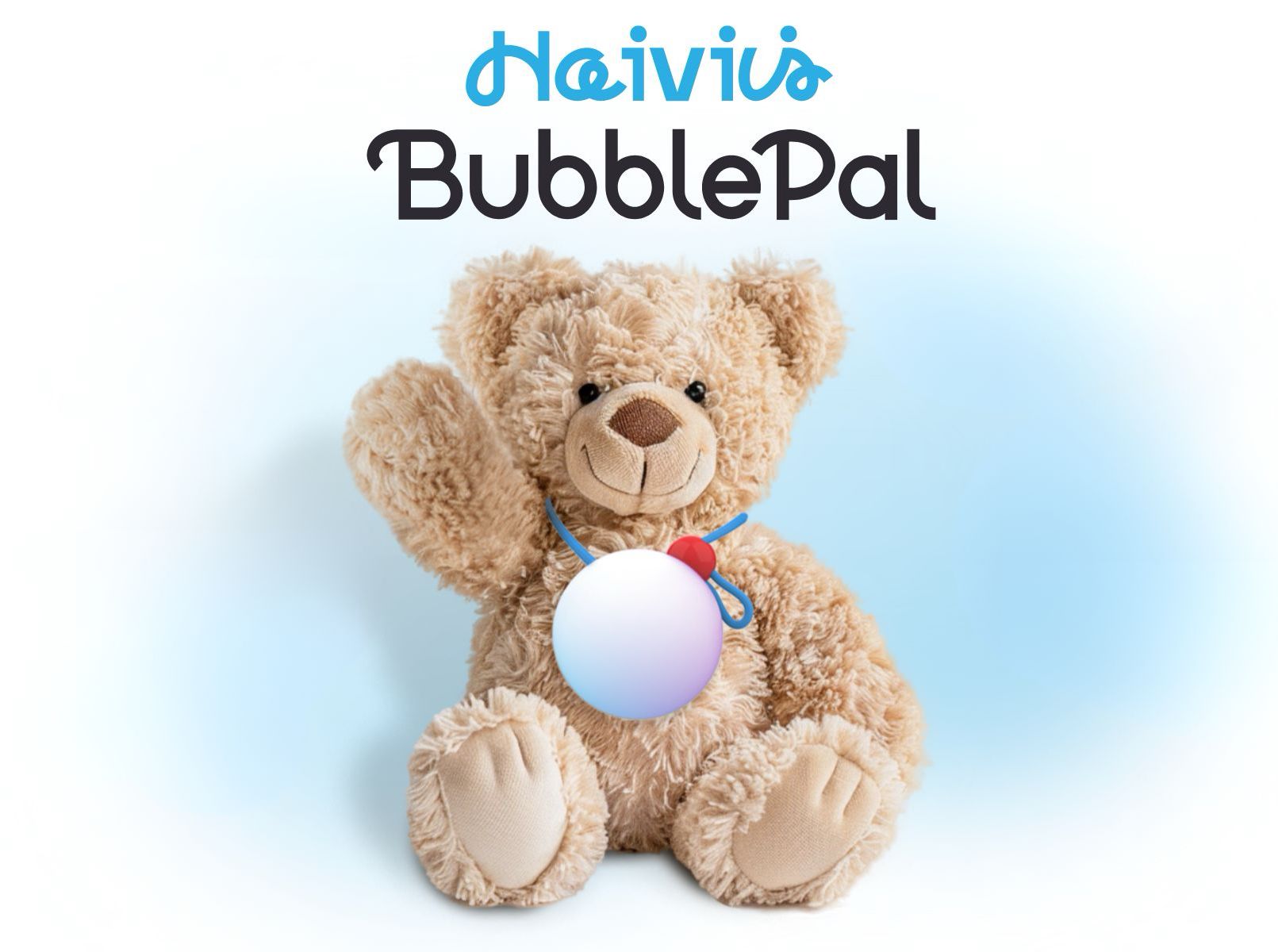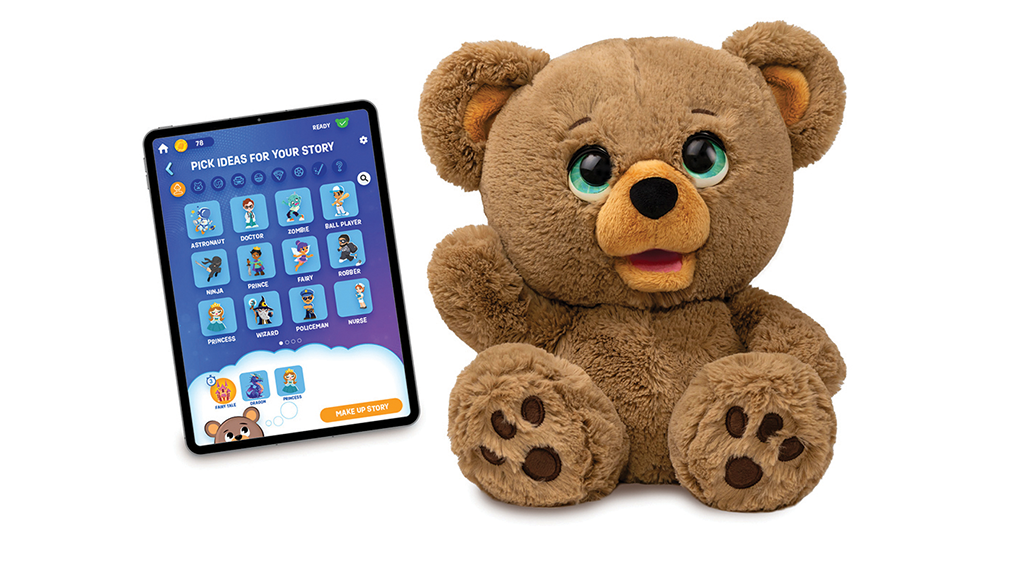In early October, social media was abuzz with the rediscovery of a toy car named “Lightning McQueen”. This toy, inspired by the beloved character from Pixar’s animated film Cars, was spotted in a second-hand market by a blogger, reigniting interest in its charm. At first glance, this toy appears to be nothing more than an ordinary red car. However, once powered up and connected to a remote control app, it springs to life in a fascinating display.
The toy isn’t just a static replica; it communicates in a way that mimics the animated character. Behind its bumper lies a functional mouth that opens and closes, complemented by blinking digital eyes on the windshield. The wheels even shake to convey emotions, much like a person shrugging. As it zooms forward, it echoes phrases like “Let’s speed up!”, and when it crashes into obstacles, it emits comical American-style cries. If overturned, it’s not shy to call out for help, requesting assistance to be flipped back on its wheels.
Within the Pixar film, Lightning McQueen evolves from a self-centered racer to a character that values the journey over the destination, a transformation that the toy captures with its voice and personality.
Originally introduced in 2017 by Sphero, a tech company from Colorado, Lightning McQueen precedes other creations like the charming BB-8 from Disney’s Star Wars franchise, echoing its character with lifelike voice actions and motions.

These toys transcend the label of mere playthings; they are indeed robots. As we inch closer to an AI-driven era, generative AI promises to propel these robotic toys into the next generation—a 2.0 universe.
One such advancement is brought by Fawn, a company offering an AI toy designed to assist children aged 7 to 11 with emotional challenges. Priced at $1,575, the toy is built as an aid for kids with ADHD, anxiety, or autism, conceived by a former LEGO employee.
In the innovative landscape of toy startups, various directions are being explored:
Emo: The Desktop Pet Robot
Developed by Living.AI, Emo is a small desktop robot with a distinctive personality. Priced at $279, it comprises a screen and two “legs” and comes with headphones and a wireless charging skateboard. The latest “GO HOME” version features a home station charging stand, enabling it to autonomously recharge without manual assistance.

Aibi: The Pocket-Sized Companion
Another creation by Living.AI, Aibi, is a pocket-sized robot you can take anywhere. Priced at $249, it’s a portable spin-off of Emo, designed to be smaller and lighter than your typical AirPods case.

Despite its compact form, Aibi doesn’t compromise on features. It incorporates a millimeter-wave radar to detect human presence from a distance and has facial recognition capabilities to identify its owner while snapping pictures. Furthermore, Aibi can function independently of internet access, tapping into ChatGPT for complex queries.
BubblePal: Transforming Plush Toys with AI
Taking another innovative leap, Yueran Innovation has crafted BubblePal, an AI device designed to imbue any toy with artificial intelligence features. This small, bulb-like silicone device can be attached to plush toys, activating and interacting through a simple squeeze of its soft shell.

BubblePal supports multilingual interactions, allowing dialogues in multiple languages such as Chinese, English, Japanese, and French. While the base hardware comes at an upfront cost, users must pay a subscription to access AI model functionalities.
Poe the AI Story Bear: Crafting Tales and Speaking Them Aloud
Poe, released by Skyrocket in 2024 at a cost of $50, is an AI story bear that shares similarities with BubblePal, though story generation is limited initially. After enjoying 75 preloaded stories, users must purchase additional credits to continue accessing new stories.

Advancements and Future Prospects
The field of AI toys is brimming with exciting advancements, drawing global interest. Notably, the children’s AI companion app Heeyo, has caught the eye of investors, including OpenAI.

This burgeoning sector will continue to evolve, with its potential only limited by imagination. As AI technology advances, the possibilities within the world of play are bound to become even more magical and impactful.


